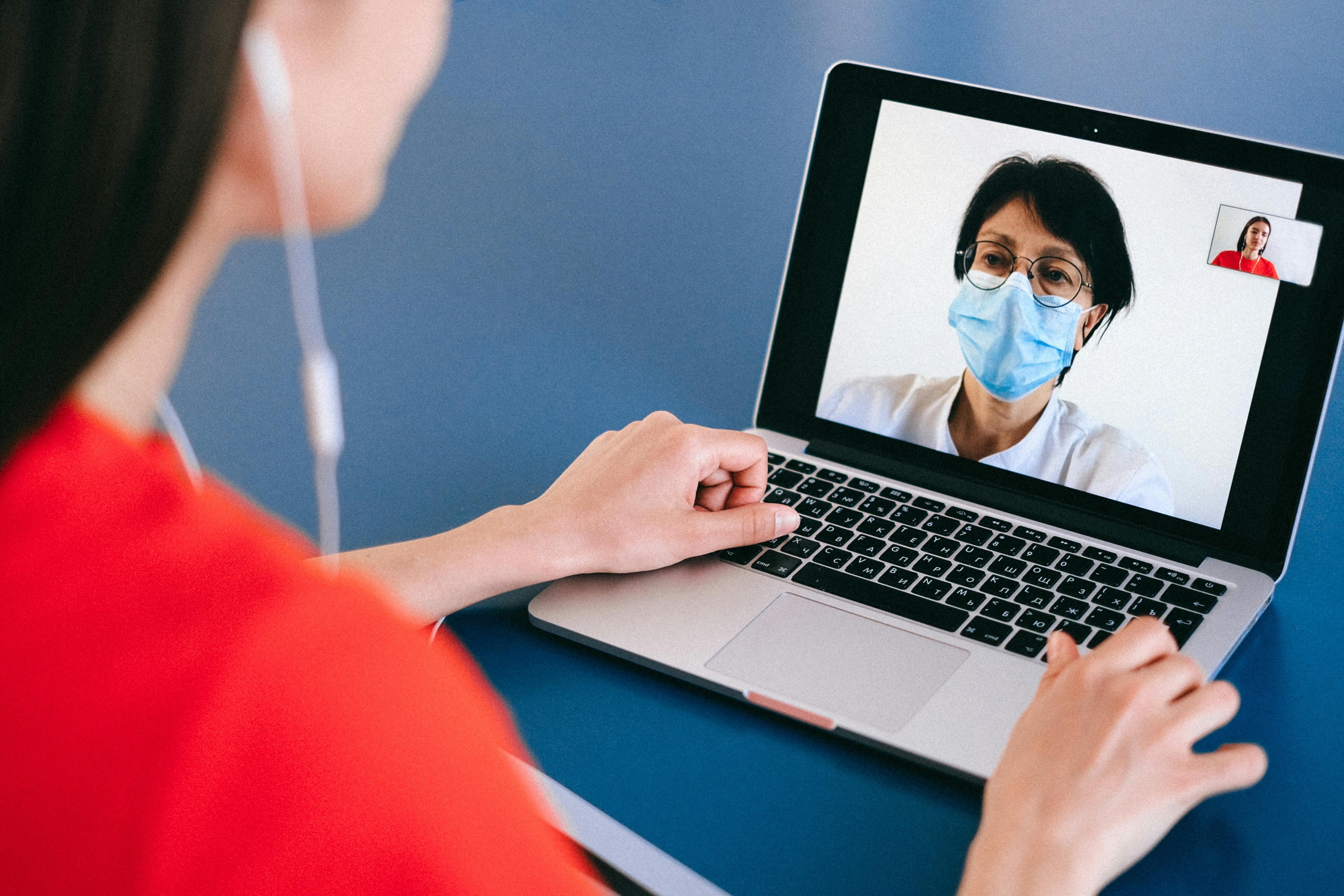Remote Medical Receptionist Roles: Responsibilities, Required Skills, and Career Considerations
The healthcare sector has increasingly enabled remote work for administrative functions, including medical reception. This article examines what remote medical receptionists do, typical responsibilities and workflows, common skills and software they use, recommended certifications, and considerations for pursuing this kind of role. It focuses on practical information rather than specific job openings.

Remote medical receptionists serve as the virtual front desk for healthcare practices, managing essential administrative tasks while working from off-site locations. As healthcare facilities increasingly adopt telehealth solutions and remote work arrangements, these professionals play a crucial role in maintaining seamless operations and positive patient experiences without being physically present in the medical office.
What Are the Core Responsibilities of Remote Medical Receptionists?
Remote medical receptionists handle a diverse range of administrative duties that keep healthcare practices running smoothly. Their primary responsibilities include managing appointment scheduling through digital calendar systems, verifying patient insurance information prior to visits, and processing electronic intake forms. They also answer incoming calls, respond to patient inquiries via email or secure messaging platforms, and coordinate communication between patients and healthcare providers.
Additionally, remote medical receptionists often manage electronic health records (EHR) systems, ensuring patient information is accurately documented and securely stored. They may assist with medical billing processes, including claim submissions and payment processing. Some remote receptionists also help with basic accounting tasks, such as tracking accounts receivable and managing payment reminders for outstanding balances.
What Skills and Certifications Are Required for Remote Medical Reception Work?
Successful remote medical receptionists possess a combination of technical abilities and interpersonal skills. Strong communication is essential, as these professionals must clearly convey information to patients and healthcare providers without face-to-face interaction. Exceptional organizational skills help them manage multiple tasks simultaneously while maintaining accuracy.
Technical proficiency with healthcare-specific software is crucial. Remote medical receptionists typically need experience with practice management software, electronic health record (EHR) systems, scheduling platforms, and secure messaging applications. Familiarity with telehealth platforms and video conferencing tools has become increasingly important as virtual care expands.
While formal education requirements vary by employer, many positions require at least a high school diploma or equivalent. Some employers prefer candidates with medical office experience or relevant certifications such as:
- Certified Medical Administrative Assistant (CMAA)
- Certified Medical Office Administrator (CMOA)
- Certified Electronic Health Records Specialist (CEHRS)
- Medical Administrative Specialist certification
Knowledge of medical terminology, basic coding, and HIPAA compliance regulations is also highly valuable in this field.
How Are Day-to-Day Workflows and Patient Communications Handled Remotely?
Remote medical receptionists utilize specialized technology to replicate traditional front-desk functions virtually. Their day typically begins by logging into secure practice management systems to review the day’s schedule and any urgent messages or tasks. Throughout their shift, they monitor multiple communication channels, including phone lines that are forwarded to their remote location, email inboxes, and secure messaging platforms.
For appointment management, remote receptionists use cloud-based scheduling software that allows real-time visibility of provider availability. When patients call, the receptionist can immediately access the schedule to book appointments, send confirmations, and program automated reminders. Many practices implement secure patient portals where remote receptionists can exchange messages with patients, share forms for completion, and provide pre-visit instructions.
Secure virtual private networks (VPNs) and encrypted connections ensure patient data remains protected in compliance with HIPAA regulations. Remote receptionists typically participate in regular virtual team meetings with clinical staff to maintain clear communication channels and address any workflow issues promptly.
What Technology and Setup Requirements Exist for Remote Medical Receptionists?
Working as a remote medical receptionist requires a properly equipped home office setup that meets both technical and privacy requirements. Essential equipment includes a reliable computer with sufficient processing power, a high-quality headset for clear phone communications, and a stable high-speed internet connection with backup options in case of outages.
Security measures are paramount when handling protected health information. Employers typically require dedicated work devices with encrypted hard drives, secure VPN connections, and multi-factor authentication for accessing medical systems. Remote receptionists must maintain a private workspace free from potential privacy breaches, with protocols in place to prevent unauthorized access to patient information.
Software requirements generally include access to:
- Practice management systems (e.g., Athenahealth, eClinicalWorks, Epic)
- Electronic health record platforms
- VoIP phone systems or call routing software
- Secure messaging applications
- Video conferencing tools for team meetings
- Document management systems
Many employers provide specialized training on their specific technology stack to ensure remote staff can navigate these systems efficiently.
What Career Considerations Should You Weigh When Exploring Remote Medical Reception?
Before pursuing a career as a remote medical receptionist, several factors deserve careful consideration. The role offers significant benefits, including schedule flexibility, elimination of commuting time, and the ability to work in healthcare without direct patient contact. However, remote work also presents unique challenges such as potential isolation from colleagues and the need for self-discipline to maintain productivity without direct supervision.
Compensation structures vary widely based on experience level, geographic location, and employer type. Remote medical receptionists may work as employees with benefits or as independent contractors responsible for their own taxes and insurance. Some positions offer full-time hours while others provide part-time or flexible scheduling options.
Career advancement opportunities exist for those looking to grow professionally. With additional training, remote medical receptionists can pursue specialization in areas like medical billing and coding, virtual practice management, or telehealth coordination. Some leverage their experience to move into supervisory roles managing teams of virtual administrative staff.
The remote medical receptionist field continues to evolve alongside healthcare technology. Those entering this career should commit to ongoing learning as new systems and communication methods emerge. Staying current with healthcare regulations, particularly those related to telehealth and electronic communications, is essential for long-term success in this dynamic field.
This article is for informational purposes only and should not be considered medical advice. Please consult a qualified healthcare professional for personalized guidance and treatment.




